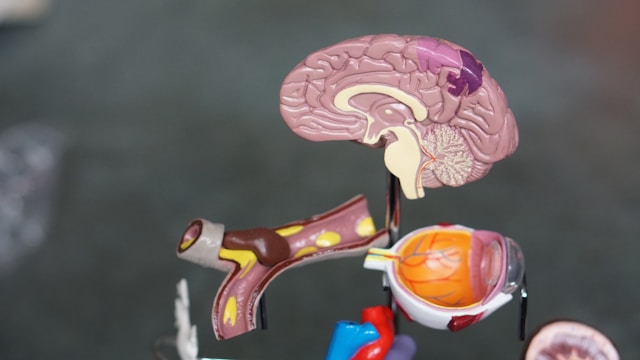
Preparing for the Appointment
Yesterday, I prepared for my kidney appointment scheduled for today, June 4th. I laid out my clothes and packed a meal to eat at the hospital. After getting everything ready, I took a shower and went straight to bed.
Early Morning Routine
I woke up at 4:15 AM to get ready for my transport, which was arriving at 5:30 AM. It was extremely cold, so I dressed warmly to avoid getting sick. I also made sure to keep my arm warm, as it makes the blood draw easier and less painful.
The Journey to the Hospital
At 5:30 AM, my driver arrived. I’ve known him for 19 years and trust him completely. He always plays Gospel music during the drive. The roads were empty, and we arrived at the hospital by 6:15 AM. Being early means I can get home quicker.
Hospital Procedures
Transplant patients have a separate room where we leave our hospital cards in a box for a nurse to collect and prepare the necessary paperwork. The nurse usually knows us by sight and hands us our files without calling our names. Next, it was time for blood work. Patients typically take their medication early in the morning and wait two hours before having blood drawn. I take my medication at night, so I can go to the blood room anytime. I prefer a specific technician who isgentle and efficient. Today, I had a large blood draw for FK (Prograf) levels.
Clinic Visit
I then went to the 7th floor and waited in the clinic hallway. After about an hour and a half, a nurse called me to check my blood pressure and weight. My blood pressure was higher than usual at first, but a second reading showed 150/99. While waiting, I had a snack and chatted with other patients, many of whom also have kidney problems. I often give advice, but today, no one knew what was wrong with them. I passed the time by checking my phone for updates on the election results and coalition successes.
Doctor’s Consultation
Doctors arrived at 10:00 AM. New doctors require patients to repeat their medical history, which can be frustrating. After reviewing my vitals and blood work, the doctor was satisfied but noted my sugar levels were a bit high. I attributed this to consuming too many sugary drinks and resolved to find a better way to control it. My consultation was brief compared to others. The doctor wrote up my prescription, which includes Cellcept, Prograf, and prednisone, and scheduled my next appointment for three months later.
Pharmacy Visit
I then headed down seven floors to the pharmacy, where I submitted my prescription and received a number. The wait can be long, sometimes up to three hours. When called, I checked my
medications to ensure everything was correct, noticing that my prednisone came in a different box from another company. It’s crucial for patients to ask questions about any changes.
Returning Home
After half a day at the hospital, I called my cab to take me home. I was exhausted upon arrival and took some time to relax. This routine may seem tedious, but it’s a vital part of managing my health. Each step ensures that I stay on track with my treatment and remain informed about my condition.
